Ukrainian Special Operations Forces (SOF) or possibly partisan fighters have conducted successfully attacks on three significant targets in occupied Crimea since 10 August. An initial attack on the Saki airbase caused a fire that quickly spread to stored ammunition and fuel, resulting in multiple huge secondary explosions. These destroyed at least nine Russian fast jets and inflicted extensive damage to the base’s facilities and surrounding buildings. On 16 August further attacks were carried out on a large ammunition and equipment depot at the strategic railroad junction town of Dzhankoiskyi and another Russian airbase at Gvardeyskoye causing further fires and secondary explosions.
All three attacks were initially blamed on accidents and then sabotage by the Russian Ministry of Defence and Russian media, often in wildly conflicting reports. Dzhankoiskyi is over 160 km from the nearest Ukrainian frontline positions, and Gvardeyskoye and Saki are both over 210 km away. As such, they sit well beyond the range of the famous HIMARS rocket artillery system that has been used so successfully by the Ukrainian army to hit Russian ammunition dumps and other key logistical and headquarters targets in the immediate Russian rear areas since mid-June. This led some western and Ukrainian commentators to conclude that Ukraine was fielding powerful new long-range missile systems such as the US-made ATACMS, modified Neptune anti-ship missiles or the developmental Ukrainian HRIM-2 short-range ballistic missile system. However, based on the observable pattern of fire and secondary explosions, these attacks and much more likely to have been the work of SOF teams and saboteurs, probably using small drones to drop grenades onto ammunition and fuel storage sites.
This would fit an established but seldom-discussed pattern of daring deep-penetration raids by Ukrainian special forces since the invasion in February – against railway bridges and other key logistics targets, including at times across the borders into Russia itself. Since 2014, Russia has itself carried out several highly destructive special forces attacks using munitions-equipped small drones against Ukrainian ammunition depots.
For Ukraine during its current existential defensive war, these sabotage operations have a dual purpose. They allow small, elite forces to inflict disproportionate damage on Russian frontline capabilities by disrupting or destroying key logistics bottlenecks to starve Russian troops and artillery of critical ammunition and other supplies. Perhaps more importantly, however, they present the Russian military with a very difficult choice. Because these raids are being conducted in some cases more than 200 km from Ukrainian lines, and the front stretches over 1,000 km from Kharkiv in the north down to Kherson in the south, the potential area where Russian assets are vulnerable to attack is vast.
Russian forces have suffered around 80,000 troops killed, wounded and captured and lost a staggering 5,200 vehicles, including almost 1,000 main battle tanks during the first six months of the invasion. Consequently, the Russian army is badly overstretched. It does not have enough forces to simultaneously accomplish President Putin’s stated short term political goal of capturing the rest of Donetsk Oblast to conquer the remaining cities in the Donbas, while also blocking a long-telegraphed Ukrainian counter-offensive in Kherson. The belated Russian stealth-mobilisation efforts underway since late June have successfully generated significant numbers of new conscripts and ‘volunteers’ but it will be many months before they can be given sufficient training to be even slightly useful as reinforcements for the frontline. As such, the offensive in Donbas has largely petered out and Russian forces have been forced to retreat around the key city of Izyum in the north of the Donbas sector following the large scale transfer of Russian units south to Kherson in the past week.
With large scale partisan pro-Ukrainian activities reported in occupied Melitopol, non-cooperation in the destroyed remains of Mariupol, and now a pattern of Ukrainian attacks on key Russian airbases and logistics facilities deep behind the lines, the Russian army now faces another pressing draw on its overstretched manpower. It takes very large numbers of regular troops or security forces to seriously limit the freedom of action of small, well-trained SOF teams operating on familiar territory and among a largely sympathetic population. Such forces must also be widely distributed to provide security effectively, which makes providing logistic support and command and control more difficult than when forces are concentrated.
The large-scale transfer of Russian forces from the Donbas to the southern front in recent weeks has made it harder for a possible Ukrainian counter-offensive to achieve significant breakthroughs using traditional frontal assault and armoured manoeuvre tactics. However, they have left the Russian front elsewhere thinly manned and supported, and increased the demand for supplies of fuel, food, medicine and ammunition in the south.
The Ukrainian strategy for the coming months may well be to use the threat of a major offensive, coupled with a concerted SOF campaign and continued HIMARS strikes behind the lines to fix most Russian forces in Kherson at the end of bottlenecked supply lines. Meanwhile, probing attacks around Izyum and potentially towards Melitopol from Zaporizhzhia, or in the Donbas itself can be mounted on a smaller scale, to hopefully give Ukraine the initiative and present Russian commanders with an impossible set of concurrent demands for their battered forces.
Got something to add? Join the discussion and comment below.
Get 10 issues for just $10
Subscribe to The Spectator Australia today for the next 10 magazine issues, plus full online access, for just $10.

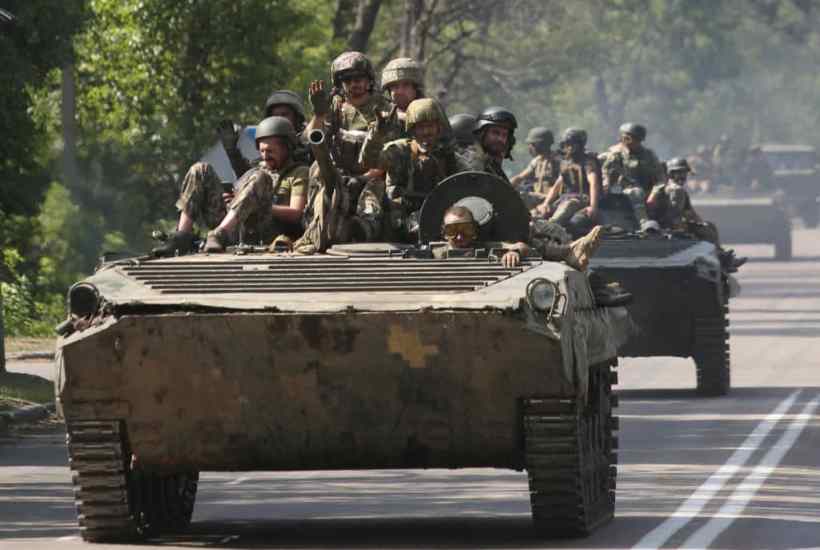
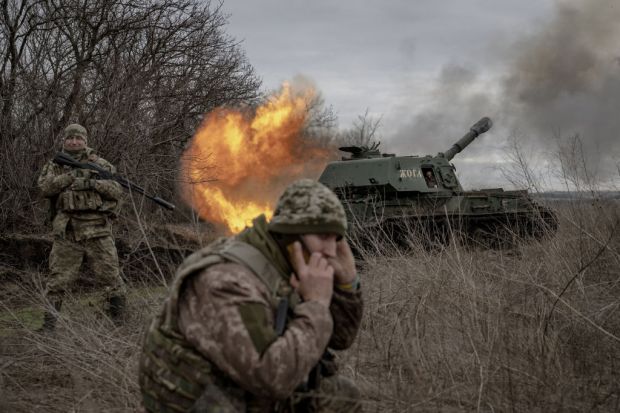

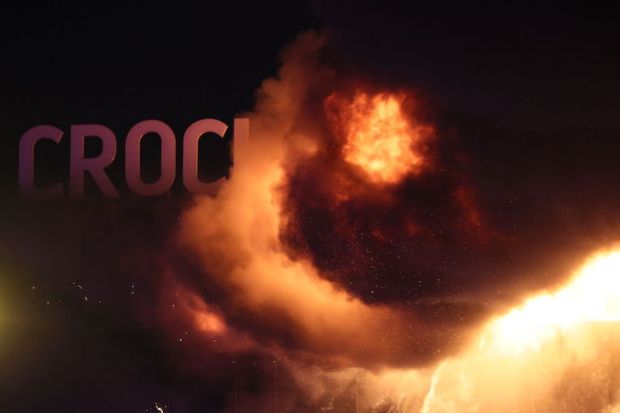








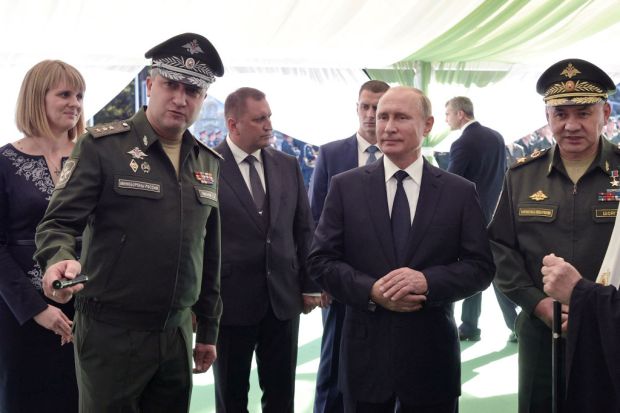

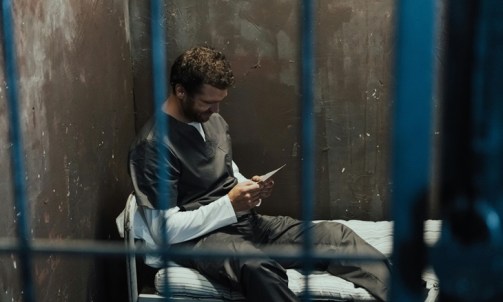




Comments
Don't miss out
Join the conversation with other Spectator Australia readers. Subscribe to leave a comment.
SUBSCRIBEAlready a subscriber? Log in